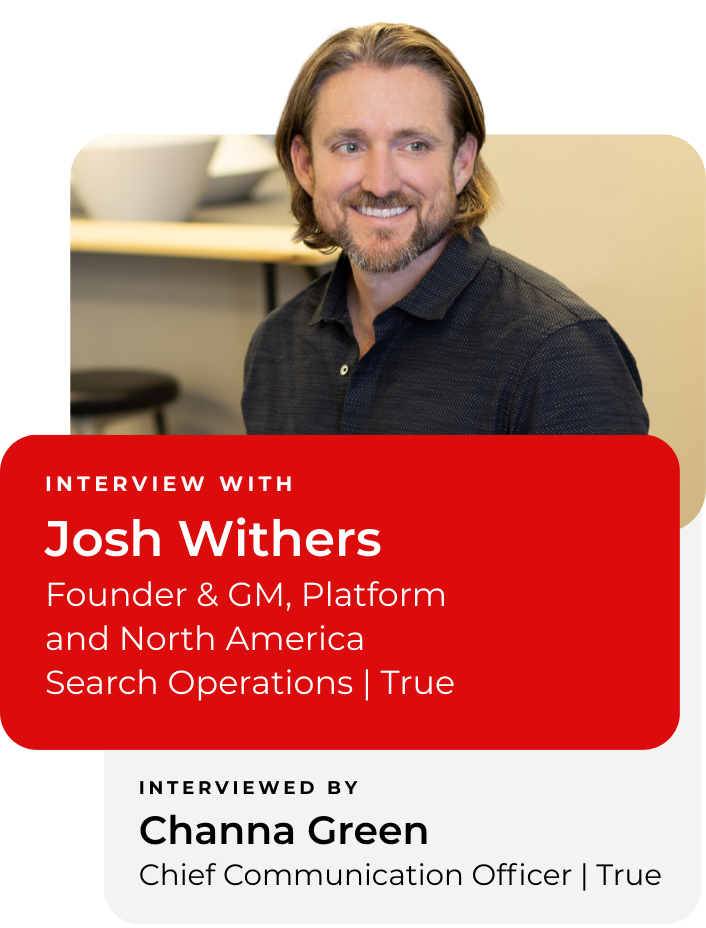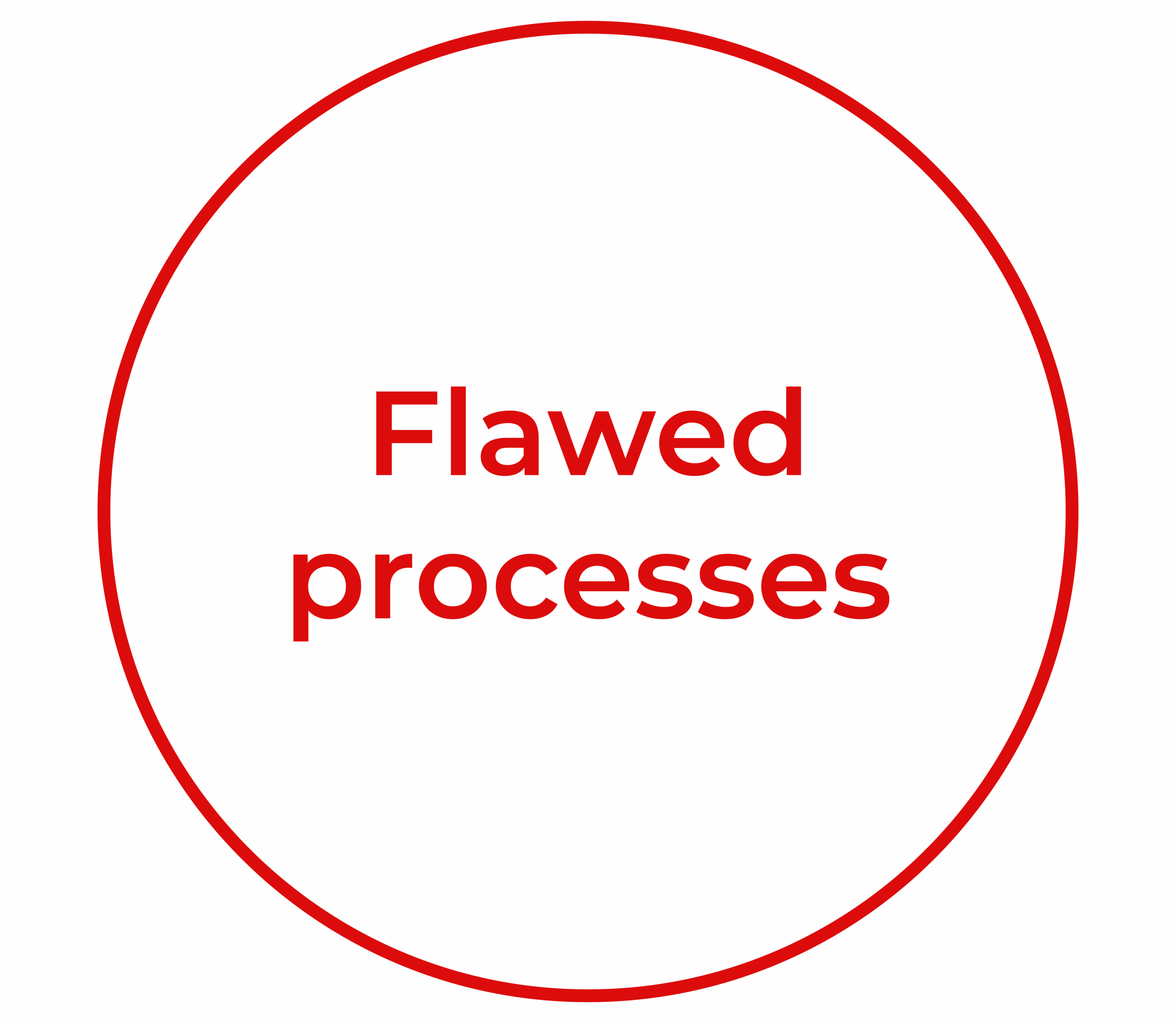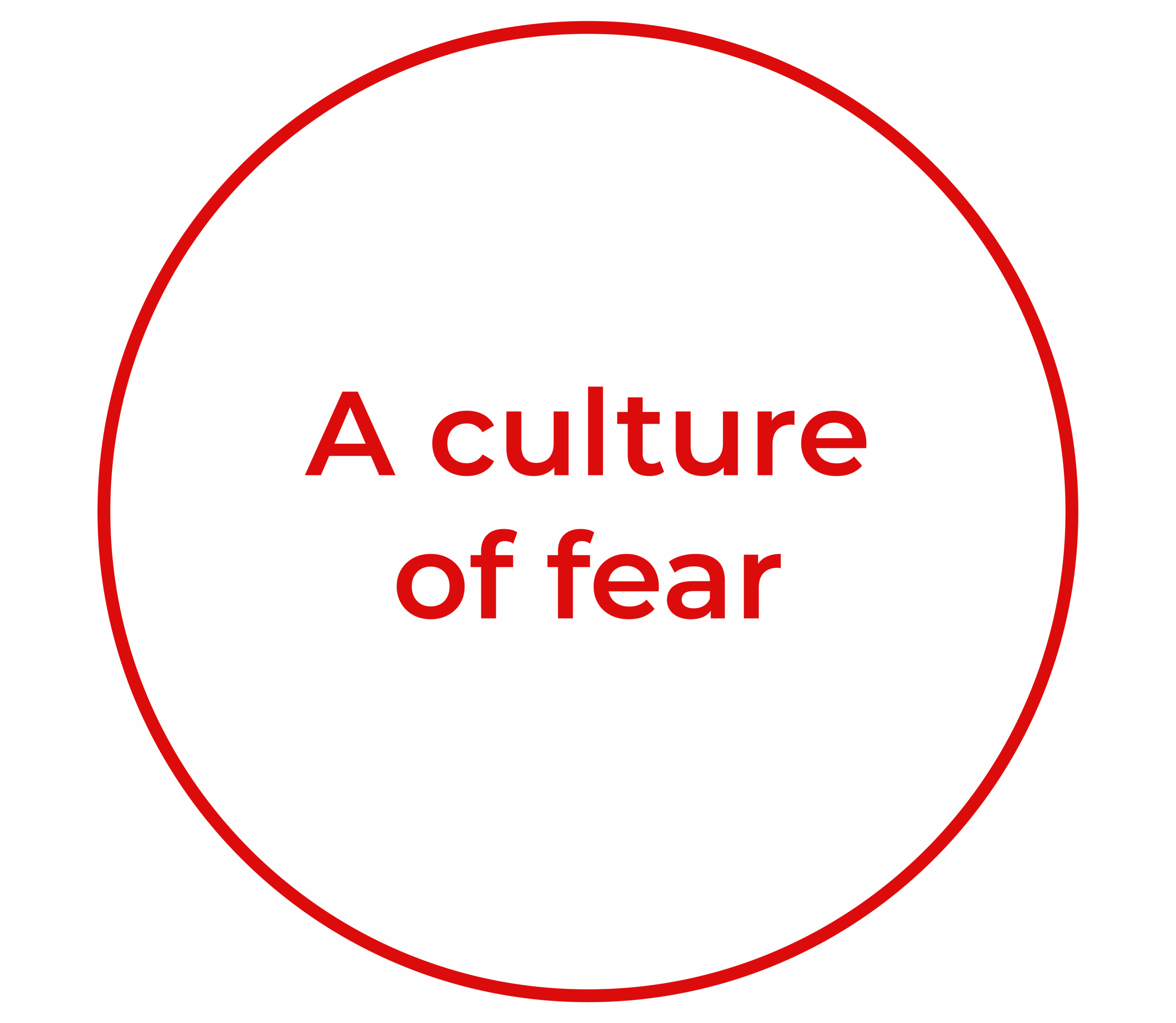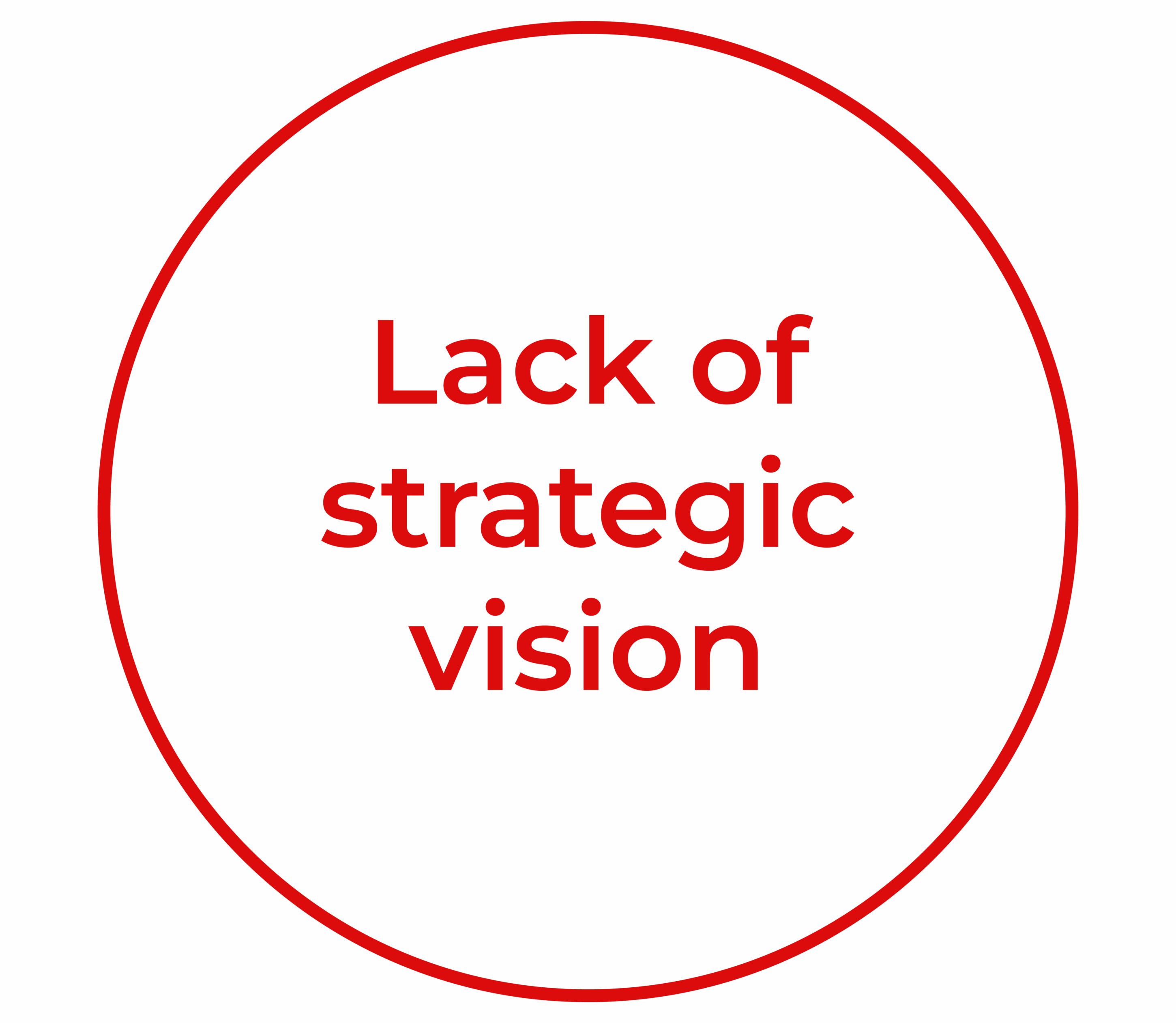AI is transforming work at every level, yet many companies struggle to convert individual productivity into enterprise-wide impact. In this Q&A, Josh Withers, Founder & GM, Platform and North America Search Operations, explains why cultural adoption, not technology alone, determines whether AI succeeds or stalls. With 10+ years of proprietary talent data combined with AI-forward talent methodologies, True offers a unique perspective on how the world’s most successful companies are developing the leadership, talent strategies, and culture necessary to succeed in the age of AI.

Q: Individual AI tool adoption is exploding, but many executive leaders we speak with are frustrated by the lack of company-wide impact. Why is there a disconnect?
A: The issue isn’t the technology—it’s that the organization hasn’t evolved with it. While individual people become more efficient, the larger organizational structure, processes, and culture prevent those gains from scaling.
This “AI Adoption Gap” stems from a few issues:

Flawed process: Many companies are layering powerful AI onto outdated, inefficient and poorly defined workflows. Without redesigning core processes, AI can’t deliver significant results.

A culture of fear: In many organizations, employees use AI in secret. They fear retribution for using unapproved tools, or worry that revealing productivity gains will simply lead to higher expectations or make their roles redundant. This prevents the open experimentation companies need for broad adoption.

Lack of strategic vision: Leadership often focuses on buying AI tools rather than articulating a clear vision for how AI will reshape their business. Without clear strategy, individual AI use remains scattered and disconnected from company-wide goals.
Q: How can companies build an AI adoption strategy that actually scales across the entire organization?
A: Successful AI integration requires a holistic approach built on continuous organizational learning. At True, we use the “Leadership, Lab, and Crowd” model, which reframes adoption as a learning system rather than a series of disconnected projects.
Leadership sets the vision: Leaders must express a clear and inspiring vision for an AI-driven future. This includes addressing employee concerns about job security and fostering the psychological safety required for them to embrace new technology.
The Crowd drives grassroots innovation: Your workforce, or “the Crowd,” is where the most practical innovation happens. The employees performing their jobs every day are the ones best positioned to discover the most effective uses for AI through hands-on experimentation.
The Lab connects and accelerates: The “Lab” is a central, cross-functional team that governs and speeds up the entire process, ensuring the Crowd’s efforts align with Leadership’s vision. This team connects the system by:
- Establishing a safe sandbox: The Lab creates clear guardrails for data security and ethical AI use while offering approved tools and a space for testing. This encourages open experimentation and prevents risky AI use.
- Translating vision into action: It turns broad strategic goals into concrete, measurable benchmarks. For example, instead of a vague goal to “increase productivity,” the Lab could collaborate with the sales team to set a goal like “reduce proposal generation time by 30% using an AI assistant.”
- Assessing and prioritizing impact: The Lab prioritizes AI applications based on their potential ROI and ease of implementation. At True, for example, our Lab focuses on tackling the easiest-to-implement initiatives with the highest impact and places mid-tier initiatives in a queue for future evaluation and development.
- Creating a feedback loop: It identifies the best ideas from the Crowd, prototypes them, and shares these solutions across the company. It also presents these successes to Leadership, shaping business strategy and justifying continued investment.

Q: What is the CEO’s role in successfully leading a company through the AI transformation?
A: A CEO must personally lead AI adoption by fostering an innovative culture, evolving the company’s definition of value, anticipating new bottlenecks that come from automation (e.g., in recruiting, if AI automates research and outreach, interviewing becomes the new bottleneck), and strategically addressing workflow and role shifts. The CEO must:
Embrace “creative destruction”
The CEO must be decisive in taking down outdated practices to make way for AI-driven innovation. This requires modeling curiosity and humility, and having a “fail fast” mindset, which creates a continuously learning organization.
Be responsible for “trustworthy AI”
Ensuring that AI solutions are fair, transparent, and protect privacy is a leadership and reputational issue, not just an IT task. The CEO and leadership team are ultimately responsible for mitigating risks like algorithmic bias and data privacy violations.
Redefining the metrics of success
The most forward-thinking leaders shift the conversation beyond simple cost-cutting for a broader definition of ROI. They ask the following questions to measure the true impact of AI:
- What is the value of time reinvested?
It’s not enough that AI saves an employee five hours a week. How is that employee now using those five hours to create value? For example, they could be spending more time with customers or working on high-level strategy. - What is our innovation velocity?
How much faster can we move from an idea to a working prototype? AI should dramatically shorten this cycle, creating a powerful competitive advantage. - Are we improving decision quality?
Is our leadership team making better, faster, more data-driven strategic decisions because of the insights AI provides? - Are we boosting employee engagement?
By automating mundane tasks, are we creating a more fulfilling and engaging work environment for our talent?
Q: How can leaders proactively address employee fear and build genuine trust in AI?
A: This is where most AI initiatives fail. Leaders must authentically engage with employee anxiety and build trust through deliberate action, not just communication.
Here are a few practical strategies to turn resistance into engagement and build trust:
- Acknowledge fears
The first step is empathy. Leaders must openly acknowledge that fears about job loss or being monitored are valid, rather than dismissing them, which is essential for building trust. - Appoint and empower “AI champions”
Identify natural influencers and early adopters within your teams and formally designate them as “AI Champions”. Peer-to-peer advocacy is often more effective than top-down directives for demonstrating practical uses and sharing success stories. - Automate frustrating tasks first
Identify and automate the most tedious processes, and avoid tasks that bring employees personal satisfaction or mutual connection, even if they seem inefficient. Early wins that reduce frustration will build momentum for wider AI adoption. - Invest in upskilling / reskilling
The best way to combat future anxieties is to feel ready. By actively investing in training your employees for an AI-enhanced world, you’re signaling dedication to their long-term place in the company. It’s also a smart cultural investment. - Emphasize the human factor
AI enhances, not replaces, human judgment. For critical decisions like hiring, medical diagnoses, or financial transactions, a human must have the final say. Relying too heavily on automation without human oversight leads to mistakes and erodes trust.

Q: As AI automates more analytical and process-driven work, how does this change the talent equation? What skills truly define top-tier talent in the AI era?
A: AI provides “intelligence on demand,” shifting bottlenecks from production to higher-level thinking (e.g.: what research to do, what to build, what content truly matters). This means the skills that become exponentially more valuable are those that AI cannot replicate:
High Emotional Intelligence (EQ): This is the most sought-after leadership competency today. As AI handles more of the “what,” a leader’s primary job is to manage the “how” and the “why” of the human operating system.
Exceptional communication and influence: The ability to build rapport, influence action, and have high-quality strategic conversations has become a key differentiator, as I discussed in my last article.
Critical thinking: AI excels at middle-stage work, especially at front-end prompting, but critical evaluation of complex and subjective outputs remains an essential human task. Companies highly value leaders who can critically assess and strategically apply AI-generated insights.
Q: How should an organization build a future-proof talent strategy given the intense AI talent shortage?
A: I think the current AI talent crisis is a misdiagnosis. The real shortage is for adaptable leaders who can guide an organization through significant technological and cultural change. Companies that prioritize talent who can manage the human side of the equation, instead of hiring for yesterday’s technical skills, will be the winners.
I recommend a diversified talent strategy, such as the “build, buy, bot, borrow” framework:
Build: Aggressively invest in upskilling your existing workforce, as they possess invaluable institutional knowledge.
Buy: When you do hire, prioritize the soft skills I outlined earlier, like a proven learning mindset and intellectual curiosity, not for specific tools that will soon be outdated.
Bot: Use AI agents to augment your human capabilities. Automate repetitive tasks to free up your best employees for more strategic and creative work.
Borrow: For highly specialized needs, lean on a curated ecosystem of strategic partners and consultants. This provides critical flexibility without the long-term overhead.

Q: For the leader who wants to start tomorrow, what is the first practical step to begin building a true culture of adoption?
A: The key is to work smart by looking inward before evaluating a single new tool:
- Conduct a culture and process audit (not a tech audit): Before anything else, get an honest assessment of your current state. Survey employees on psychological safety and their fears about AI to get a clear cultural baseline.
- Identify one high-friction process as a pilot: Select a single, notoriously frustrating business process as your initial project. A successful win here will build momentum for future projects.
- Assemble a micro “Lab”: For your pilot, pull together a small, agile team with technical skills, deep domain expertise, and a passionate employee from that specific department.
- Have an honest conversation with your leadership team: Align your C-suite on AI as a multi-year organizational transformation, not a short-term tech project.
This last step is the most important. Here’s a readiness checklist to guide your conversation and align the leadership team on your starting point:

Leadership & Vision
Do we have a clear, articulated vision for how AI will transform our business model, not just improve efficiency?
As a leadership team, do we have a shared understanding of and trust in our AI strategy?

Culture & People
Do we have a culture that rewards experimentation and tolerates intelligent failure?
Have we addressed employee fears transparently and invested in a concrete reskilling strategy?

Process & Data
Are our core business processes clean, standardized, and documented enough for automation?
Is our data accessible, integrated, and governed by a clear, trustworthy framework?

Talent & Skills
Does our current talent strategy account for the rising importance of emotional intelligence and adaptability?
Do we have a clear plan to “build, buy, bot, and borrow” the talent we need for the future?
For media inquiries, contact Jillian Ruggieri